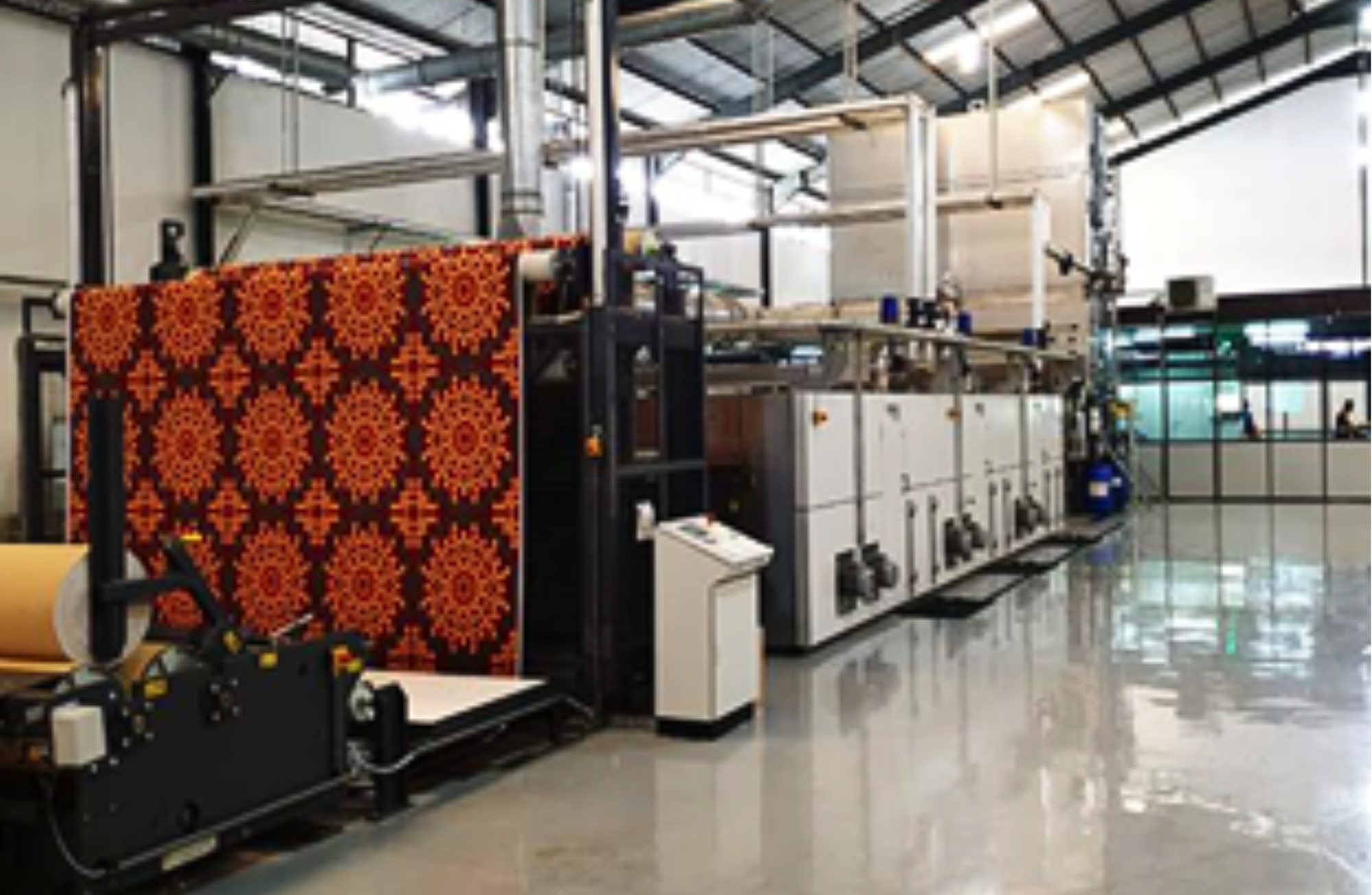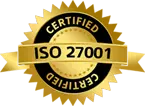Revolutionizing Carpet Inspection Automation in Manufacturing with AOI
Published on: Jan 20, 2025

Written by: Content team, Intelgic
Revolutionizing Carpet Inspection Automation in Manufacturing with AOI
In the fiercely competitive world of textile manufacturing, ensuring superior product quality is not just a priority but a necessity. Carpets, as a symbol of style and comfort, demand rigorous quality assurance to meet the high expectations of consumers and businesses alike. Traditional inspection methods, which heavily rely on manual labor, are often plagued by inconsistencies, inefficiencies, and human error. This is where Automated Optical Inspection (AOI) steps in—a groundbreaking technology that sets a new benchmark for precision and reliability in carpet inspection. By harnessing state-of-the-art imaging systems, artificial intelligence (AI), and sophisticated illumination techniques, AOI delivers unparalleled accuracy and efficiency in defect detection.
This article delves into the multifaceted applications of AOI in carpet inspection, shedding light on the types of defects it identifies, the challenges it overcomes, its essential components, workflow intricacies, and the implementation of these transformative solutions.

Common Defects in Carpet Inspection in Manufacturing
Carpet inspection systems powered by AOI are meticulously designed to detect a wide array of defects that may compromise quality and customer satisfaction. Here are the primary categories of defects addressed:
- Surface Imperfections:
- Yarn pulls, snags, or breakage
- Uneven or inconsistent pile height
- Frayed fibers and edge wear
- Pattern and Design Anomalies:
- Misaligned or distorted patterns
- Color irregularities, streaks, or shading inconsistencies
- Structural Flaws:
- Missing or loose tufts
- Holes, gaps, or irregular weave structures
- Contaminants and Stains:
- Foreign substances like dirt, grease, or oil stains
- Embedded debris introduced during production
- Edge and Border Issues:
- Frayed or irregularly trimmed edges
- Inconsistencies in binding or hemming
Technologies for Carpet Inspection Automation
The efficiency of AOI in carpet inspection relies on a seamless integration of advanced technologies. Below are the critical components that form the backbone of an AOI system:
1. Imaging Systems
High-performance imaging is the cornerstone of AOI. The following types of cameras are employed to capture detailed visuals of carpets:
- Line-Scan Cameras: Ideal for inspecting continuous carpet rolls, capturing high-resolution linear images for consistent coverage.
- Area-Scan Cameras: Effective for detailed inspection of localized areas or smaller carpet segments.
- High-Resolution Machine Vision Cameras: Capable of detecting minute defects such as color variations, fiber fraying, or pile height inconsistencies.
- Infrared and Thermal Cameras: Useful for identifying thermal irregularities or heat-induced defects during production.
2. Illumination Systems
Optimized lighting is crucial for accentuating defects and ensuring consistent image quality. Key lighting techniques include:
- Diffuse Illumination: Ensures uniform lighting across the carpet, minimizing shadows and enhancing surface visibility.
- Structured Lighting: Detects depth-related issues such as uneven pile height or texture inconsistencies.
- Multi-Spectral Illumination: Employs multiple wavelengths to highlight color discrepancies and detect contaminants.
- Dark-Field Illumination: Enhances visibility of subtle surface defects by using oblique angles to emphasize irregularities.
3. AI-Powered Software
At the core of AOI is its intelligent software. Intelgic's Live Vision Software serves as a pivotal component, processing images and detecting defects with exceptional precision and efficiency. Key features include:
- Advanced Pattern Recognition: Employs sophisticated algorithms to differentiate between permissible design variations and actual defects, even in intricate carpet patterns.
- Dynamic Machine Learning Models: Continuously adapt and improve their defect detection accuracy by analyzing production data and learning from previous inspections.
- Real-Time Data Analysis: Delivers instant defect identification, enabling corrective measures without disrupting production flow.
- Comprehensive Reporting Tools: Generate detailed analytics on defect patterns, frequency, and severity, aiding manufacturers in enhancing their quality control processes.
- Seamless Integration: Easily integrates with existing manufacturing systems to provide synchronized data and actionable insights for quality assurance teams.
How AOI works in Carpet Inspection Automation
The AOI system in carpet manufacturing follows a streamlined workflow consisting of several critical stages:
Initial Calibration: The AOI system begins with a calibration process where it adjusts camera settings, lighting, and defect detection parameters to suit the specific carpet type. This ensures the system is ready to identify a wide range of defects accurately.
Continuous Image Capture: As carpets travel along the production line, high-speed cameras capture a series of high-resolution images, ensuring no defect goes unnoticed, even on fast-moving lines.
Adaptive Defect Detection: The system uses advanced AI algorithms that not only identify defects but also learn and adapt to new patterns as they emerge. This continual learning enhances the system's accuracy, making it more robust over time.
Precise Defect Localization and Severity Evaluation: The system identifies not only the location of defects but also assesses their severity, enabling prioritization and targeted action for issues that may impact the product’s quality or functionality.
Real-Time Feedback and Adjustment: Upon detecting and classifying defects, the system instantly notifies operators and can automatically adjust production parameters. For example, it can recalibrate machinery or modify settings to correct recurring issues.
Comprehensive Reporting and Trend Analysis: Detailed reports are generated, documenting defects and tracking their occurrence over time. This data provides valuable insights into defect patterns, helping manufacturers identify root causes and optimize production processes.
Automated Corrective Actions: Beyond identifying defects, the system offers actionable suggestions, such as recalibrating machines or adjusting raw materials, to minimize the risk of recurring defects and improve the overall production process.
Advantages of AOI in Carpet Inspection
- Unmatched Precision: AOI systems detect even the smallest defects with exceptional accuracy, ensuring reliable and consistent inspections across all carpets.
- Increased Efficiency: AOI enables real-time defect detection without slowing production, optimizing throughput and maintaining continuous production flow.
- Consistent Quality Control: By eliminating human variability, AOI ensures uniform quality standards, providing consistent results for every carpet.
- Cost Reduction: Automation reduces reliance on manual labor, lowering operational costs while increasing productivity and reducing waste.
- Actionable Insights: AOI generates detailed reports and data-driven insights, helping manufacturers identify trends, optimize production processes, and improve product quality.

Intelgic’s Expertise in Carpet Inspection Automation
Intelgic is the ideal choice for manufacturers seeking a reliable, efficient, and scalable AOI solution that enhances quality and reduces waste.Intelgic offers unmatched AOI solutions for carpet manufacturing with key advantages:
- Cutting-Edge AI and Machine Learning: Their advanced AI algorithms ensure precise and reliable defect detection, continuously improving over time.
- Tailored Solutions: Intelgic customizes its AOI systems to fit the specific needs of various carpet types and production environments.
- High-Quality Imaging and Lighting: With high-resolution cameras and advanced lighting, Intelgic captures detailed defect information, even in challenging conditions.
- Real-Time Efficiency: Their systems deliver fast, accurate results without slowing down the production line.
- Expert Support: Intelgic provides full support, from installation to ongoing maintenance, ensuring seamless integration.
- Scalable and Future-Proof: As your production grows, Intelgic’s systems scale easily, providing long-term performance and efficiency.
In conclusion, AOI systems are transforming the carpet manufacturing industry by automating the inspection process, offering significant improvements in defect detection and production efficiency. While challenges remain, Intelgic provides an ideal solution that addresses these challenges with innovative technology, expert support, and customizable options that cater to the unique needs of each production line. By incorporating Intelgic’s AOI systems, manufacturers can ensure top-quality carpets while optimizing their production workflows.

